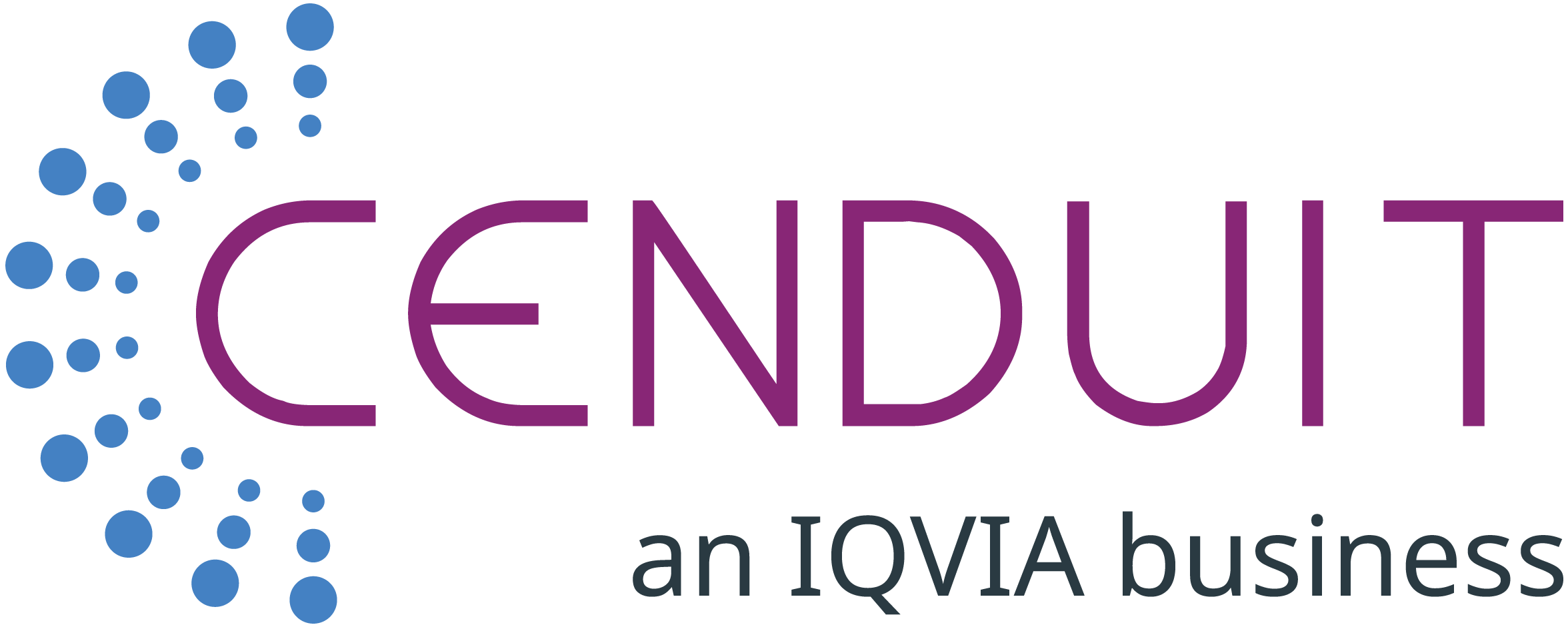"Resupply Optimization through IRT and the Benefits of a Drug Supply Center of Excellence:" Webinar Follow-Up
Stefan Dürr, Head of the Cenduit Drug Supply Center of Excellence, and Senior Director at Cenduit, recently co-hosted a webinar with Outsourcing-Pharma.com on “Resupply Optimization through IRT and the Benefits of a Drug Supply Center of Excellence” Following are excerpts from the attendee Q&A, surrounding clinical supply management...
Q: What tools does the Cenduit Drug Supply Center of Excellence (CoE) use for optimizing the drug supply on studies?
That depends very much on the challenge we are trying to solve for a client. We have a large set of standard metrics around supply availability at the global, depot and site levels, and the key shipment parameters to analyze the specific drug supply situation in a study. Following that, we work with different data models standardly available, and create study-specific supply models to work through many probable scenarios to better understand where the current strategy can be improved and how we can reduce risks, on behalf of both the site and the client.
Read the Whitepaper: Top Five Reasons You Need IRT Expertise, Not Just Software
The diverse, multi-faceted functionality of Cenduit’s Interactive Response Technology (IRT) platform supply functions allows us to tailor the resupply functionality to the study needs. Throughout the study build and R&D processes, our teams are constantly adding new features that will enable us to further optimize the way the supplies are being managed. For example: We recently implemented a newly available set of on-demand data visualization dashboards which forecast the depot stock usage over time. We have developed several internal tools to forecast study stock usage and resupply scenarios.
Q. What are the most common supply challenges that the CoE needs to address for sponsors?
We see these challenges falling under primarily three categories:
Supply shortages
Higher shipment costs than expected
Expensive comparator
Cenduit has conducted extensive research recently where new clients have come to us with studies that have supply shortages. Quite often, these studies would run without issues from a supply perspective for many months, or even years. The problems start to arise when the initially released drugs expire and not enough planning was put into the replacement process. This logistics oversight is something that we see all too often at the site level.
If the supply settings are not reviewed prior to the drug at sites being replaced, this can result in too many drugs getting sent to sites, or unnecessary shipments getting triggered, resulting in a re-supply overage. Cenduit has supported various studies in which the release of new drug was delayed, and depot stocks are very low or have run out. In these cases, we need to ensure that we use the stock still available at the depot and sites in the most optimal way, with informed data analytics to ensure that even with a shortage, no patient has to stop treatment until the new release is available.
Q. What are the top 2-3 risks on the horizon for sponsors who do not have an effective drug re-supply optimization strategy?
Three key risks of not regularly reviewing a study for resupply optimization potential…
Increased risk of stock outs at sites or depots – If buffer stocks at sites are too low based on increased recruitment, sites will start facing stock out situations. On the other hand, if buffer stocks at sites are too high there is a risk of running out of stock at the depot, which will lead to site stock outs due to inability to supply sites.
Risk of increased costs due to high wastage of drugs – If the amount of drug sent out to depots and sites is higher than the actual demand, this will lead to drug expiring at depots and sites that will need to be replaced with additional drug. Studies often start with ambitious goals of limiting overage to 50% for example, and end up needing 200% overage, which doubles the planned drug costs.
Risk of higher than needed shipment costs – IRT supply settings that affect shipment frequency often are not reviewed after initial setup. Analyzing shipment metrics and optimizing the supply settings should be done at least quarterly. We regularly see that shipments can be reduced by 10-50% when reviewing studies that have not been optimized. Even for optimized studies, we can usually save 5-10% if the last review and optimization was more than 6 months ago.
Q. Have you seen any scenarios in which implementing a Drug Supply Center of Excellence can save a sponsor significant time and money?
In many cases, a well-optimized IRT system will allow a sponsor or CRO to achieve savings much higher than the overall cost of the IRT system and services. For example, on several large, mega trials the Cenduit CoE has been able to achieve cost savings per month of over $200,000.
Even more significant are the potential for savings that can result from a reduced overage compared to plan, especially if the study drug or comparator is expensive. We are currently working on quantification for several projects where we expect that with a CoE implementation, potential savings will be over $1 million.
To view the full webinar on-demand, click here
To learn more about the Cenduit Drug Supply COE as an effective part of a resupply optimization and IRT strategy, click here to connect with us.






